We're sorry, but something went wrong
Please try reloading the page
We're sorry, but your browser is unable to play this video content.
If this continues please try upgrading your browser or contact us for assistance.
We're sorry, but this video is currently unavailable on mobile.
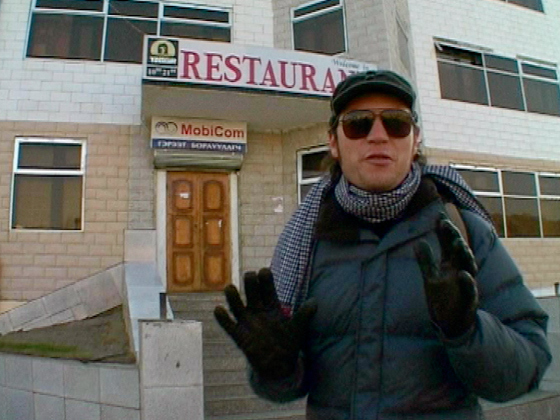
Intrepid Journeys - Mongolia (Hugh Sundae)
Television (Full Length Episode) – 2004
This title has two backgrounds:
Unstructured, unresearched and unbelievable
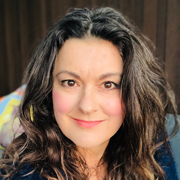
So many places to travel
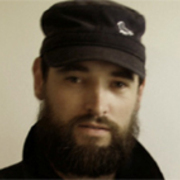
Unstructured, unresearched and unbelievable
By Jane Andrews 29/04/2020
"No way!" "It won’t work." "That's not how it is done!" It is hard to say why we didn’t listen to our experienced colleagues, but there are now hours of real-life adventure from the far corners of the world that show how wrong those expert industry folk were.
When Melanie Rakena had the idea for Intrepid Journeys, travel shows featured hosts in immaculate designer clothes, dusted with bronzer and highlighter. They delivered insights with a cocktail in hand from beside the pool. The experience involved multiple takes and artfully diffused light. The years spent editing programmes awash with insights like “the smiles are a mile wide” and “it doesn’t get any better than this” were all the motivation we needed to seek out gritty locations, where real people lived.
Launching a brand based on unstructured production — with no safety nets, and a dose of culture shock thrown in — turned out to be a great lesson in how the human psyche works. Total freedom scares some people and it liberates others. Many will have no idea which camp they are in until they are knee-deep and, at that point on an Intrepid Journey, the only option is to suck it up. Both Mel and I loved it.
These days reality TV should probably be called “controlled, scripted using semi-professional actors TV”. When we began making Intrepid Journeys, we called it reality TV because we captured real things happening in the real world in real-time. We started everyday with no interviews booked, or even a run sheet of what we would aim to film. Where some saw a day that lacked a plan, we saw a day filled with potential.
These days reality TV does multiple takes and the crew know what they will be filming; it will be pre-lit and everyone is wearing a microphone. On Intrepid we went into every new situation blind, clutching a sungun, running off a camera mic and knowing it was one take and one take only. I still can’t explain how that seemingly no-win set of circumstances delivers gold that pre-arranged and technically controlled filming doesn’t.
The audience, potential talent and other industry professionals largely struggled to believe our approach consisted of:
-
go to a country
-
follow whatever happens
But that is the essence of the Intrepid Journeys series. The level of control and organisation most TV productions rely on can mean the magic gets wrung out of things. More often than not, the crazy moments that happen on the fly are so much better than anything a production team could plan. I know we couldn’t have arranged to hitch a ride on the back of a ute filled with sheep through Syria, or to be asked to help feed baby goats in a nomad’s tent in Mongolia. Those things and so many other wonderful real moments happened because we let them.
Capturing unscheduled, unscripted magic takes special people. Our crews had to be more than skilled technicians, capable of working with the bare minimum of gear. They had to be incredible human beings who could walk twice as far as everyone else carrying 15 kgs of equipment, which always included a subpar tripod, to get incredible shots. They had to be up for sunrise, still be focused for sunset, and remain calm in-between.
Our hosts were famous Kiwis who, for the most part, were used to having control over their image. Their confidence was built on being the master of an art, craft or code. Intrepid Journeys stripped away the prop their specialties would normally provide. Travel doesn’t care whether you are an All Black, a former Prime Minister, or Jane from Waitara. Going intrepid levels the playing field. Our brave travellers had to face cameras without the comforts of home, the filters of minders, and the time to prepare and present their best self. And, believe it or not, that can be the most magical part of all of it, if you let it. Jenny Shipley summed up this gift in the simplest of terms — “here, I am just Jenny.”
Archiving may preserve our moment in TV time, and even smile fondly on the rustic charm and naive production values we love. But should we get consigned to the digital black hole of incompatible media, we know the Kiwis who flew with us embraced the challenge; many are forever changed because of it. It isn’t often you can be part of something that does that. And you certainly can’t do it from beside the pool, with a cocktail in hand.
- Jane Andrews and Melanie Rakena launched the long-running Intrepid Journeys in 2003. The duo made TV shows under the Jam TV banner for 18 years — including Off the Rails, Radar's Patch and DNA Detectives.
So many places to travel
By Paul Stanley Ward 26/05/2017
The inspiration for Intrepid Journeys came from producer/director Melanie Rakena's passion for adventure travel. Having experienced the exhilaration of backpacking to far-flung corners of the globe, Rakena convinced TVNZ that the idea of taking local celebrities off the beaten track and out of their comfort zone, was a good one.
The result was the genre-defining Intrepid Journeys, which lasted for nine seasons. The format involves piggy-backing for two weeks alongside a celebrity traveller — from All Blacks to music legends and ex-Prime Ministers — in a rough and ready destination. Making popular personalities the presenters for the show was a canny decision; it was a point of difference for an adventure travel format that might have easily been consigned as ‘niche' by television programmers.
The entertainment value of seeing your favourite celeb facing physical challenges — crouched over a toilet with Delhi Belly, or blistered from walking in the Himalayas rather than down the red carpet — is enticing.
But the achievement of Intrepid Journeys was to mix that voyeuristic pleasure with unforced and observational engagement with the local culture. Unlike most travel shows (which often feel little more than destination infomercials), here the presenters' experience of the country's history, culture and people feels authentic, and often intimate and moving.
As Rakena and Jane Andrews' company Jam TV said in the publicity: "Although they are celebrity travellers, they travel and live as the locals do — ride bumpy local buses with chickens and goats, stay in ethnic villages, and eat traditional food which stretches the palate. As a result they are able to reflect on what is special about their lives in a Western and privileged world."
The presenters are a conduit (generally sensitive and insightful) to real knowledge and understanding of places, lives and events foreign to Western culture; "other cultures and countries that may otherwise only be seen on the news when all hell is breaking loose." This is a special achievement in a ratings-dependent prime time slot.
As Jam TV put it: "It is not a Survivor-style manufactured challenge show. It is about meeting real challenges in the real world, travelling to lesser-known places and then getting around the way locals do... by foot, bus and camel." It could be described as The Amazing Race without the race, and the results make for, well, often amazing television.
Eschewing 'all expenses paid' style spa and beach breaks, Intrepid Journeys' destinations included Bolivia, Borneo, Cuba, Iran, Libya, Mali, Mongolia, Myanmar (aka Burma), Nicaragua, Tibet, Uganda and Yemen; countries with interesting and troubled pasts and presents. In these countries the ‘world famous in New Zealand' celebrities were just another Western face.
Over nine seasons, the personalities featured included John Banks, Danielle Cormack, Dave Dobbyn, the late Ewen Gilmour,Karyn Hay, Kim Hill, Paul Henry, Paul Holmes, Chris Knox, Michael Laws, Marcus Lush, Robyn Malcolm, Anton Oliver, Rawiri Paratene, Te Radar, Tim Shadbolt, Pio Terei, Jeremy Wells and many more.
Intrepid Journeys creator Melanie Rakena has also taken a number of television journeys within New Zealand, usually accompanied by presenter Marcus Lush. Co-creator Jane Andrews' other screen travels include Caravan of Life and a series of sustainable living shows featuring Te Radar.
- Paul Stanley Ward has studied at Oxford University, lived and worked in New York, and written short films that have screened at festivals in Venice and Cannes. He was Founding Editor of NZ On Screen.
If you liked this, you might also like...
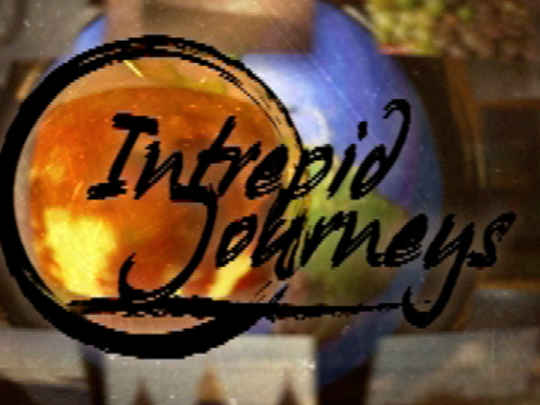
Intrepid Journeys
Intrepid Journeys is New Zealand's most...

Intrepid Journeys - Mongolia (Renato Bartolomei)
Another Intrepid Journey to Mongolia
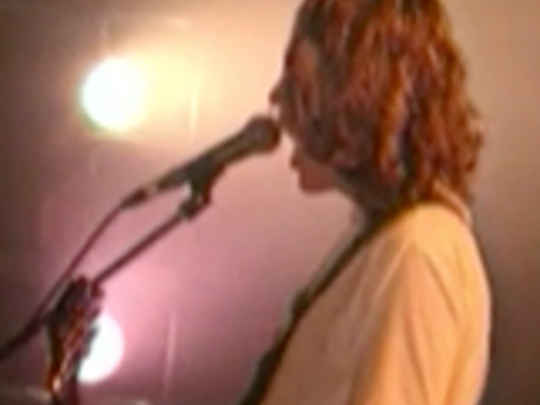
Pepsismokefree Rockquest 2000
More of Hugh Sundae
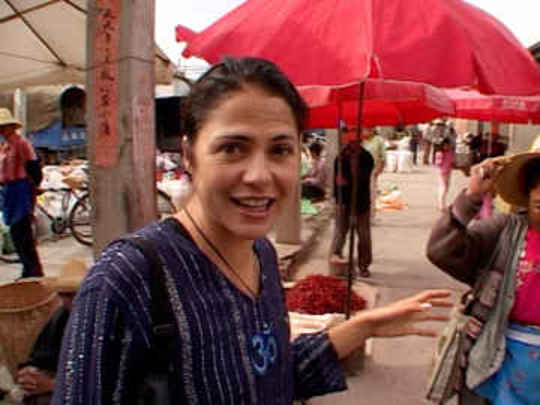
Intrepid Journeys - China (Miriama Smith)
More travels in East Asia
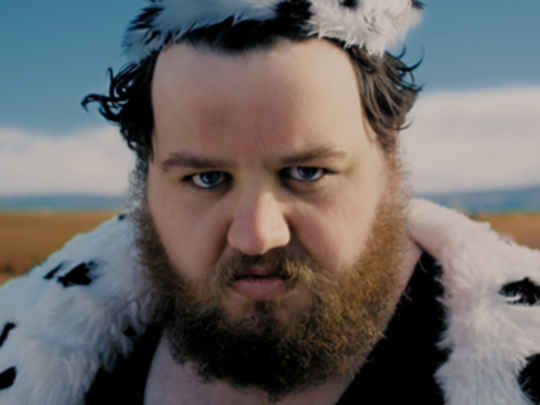
Loading Docs 2015 - Wilbur Force
Features another sort of wrestling
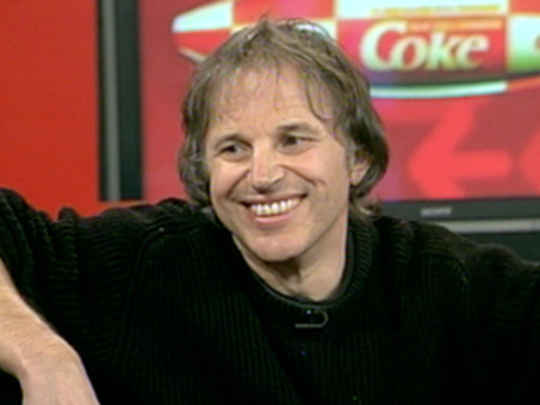
Space - Chris Knox interview
Hugh Sundae interviews Chris Knox
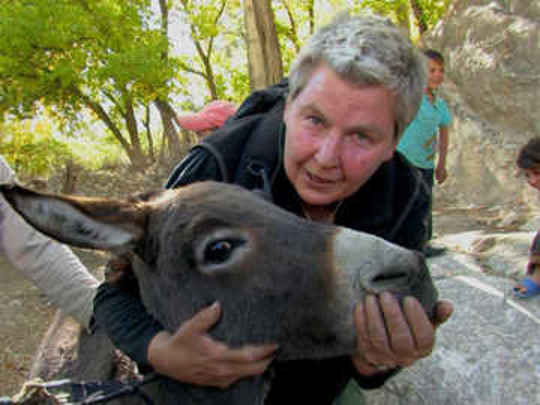
Intrepid Journeys - Tajikistan (Lynda Topp)
More yak food products in this Intrepid Journeys episode
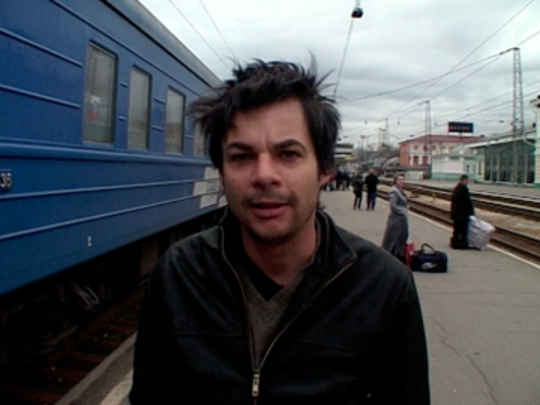
Intrepid Journeys - Russia (Marcus Lush)
More travels in the same region
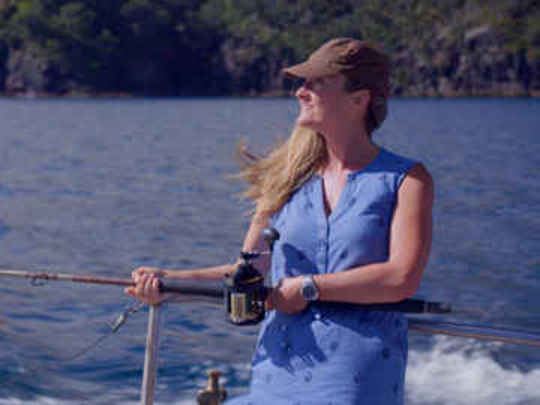
Islands of the Gulf - Episode 4
More yurt lovers
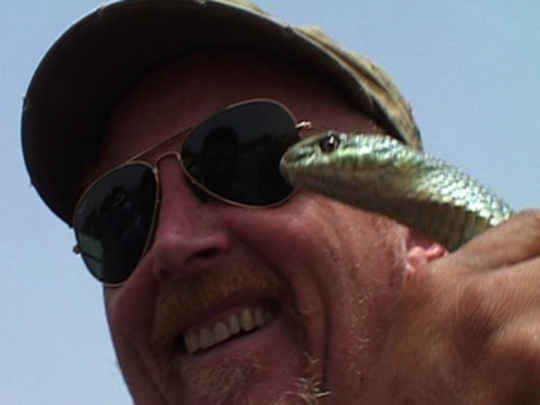
Intrepid Journeys - Morocco (Dave Dobbyn)
Another episode from this series
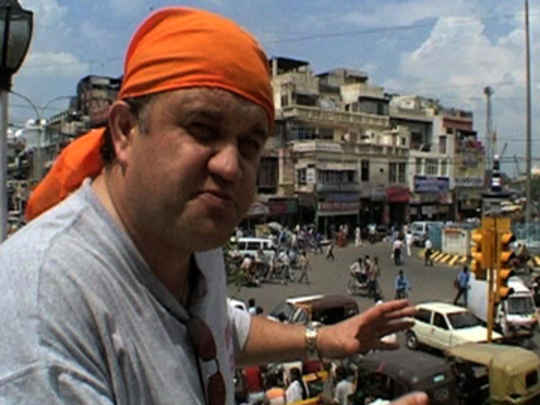
Intrepid Journeys - India (Pio Terei)
Another episode
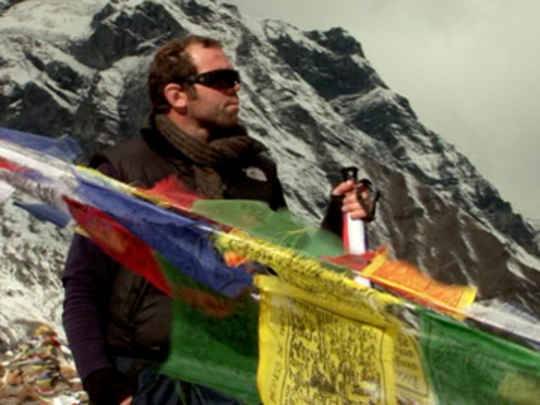
Intrepid Journeys - Nepal (Anton Oliver)
Another episode
Which size would you like?
Copy this code and paste it into your website.
<!-- Start NZ On Screen - Intrepid Journeys - Mongolia (Hugh Sundae) - Badge -->
<a href="https://www.nzonscreen.com/title/intrepid-journeys-mongolia-hugh-sundae-2004" > <img src="https://www.nzonscreen.com/content/badges/intrepid-journeys-mongolia-hugh-sundae-2004.horizontal-badge.jpg" width="330" height="90" alt="Intrepid Journeys - Mongolia (Hugh Sundae)" /></a>
Which clip would you like to embed?
Start clip at:
eg. 1m7s
Would you like the clip to be a fixed size or responsive?
Copy this code and paste it into your website.
<!-- Start NZ On Screen -
Intrepid Journeys - Mongolia (Hugh Sundae)
Size:
585
by
410
-->
<iframe width="585"
height="410"
style="width: 585px"
src="https://www.nzonscreen.com/embed/c549e8517e499789" frameborder="0" allowfullscreen ></iframe>
<!-- End NZ On Screen -
Intrepid Journeys - Mongolia (Hugh Sundae)
-->